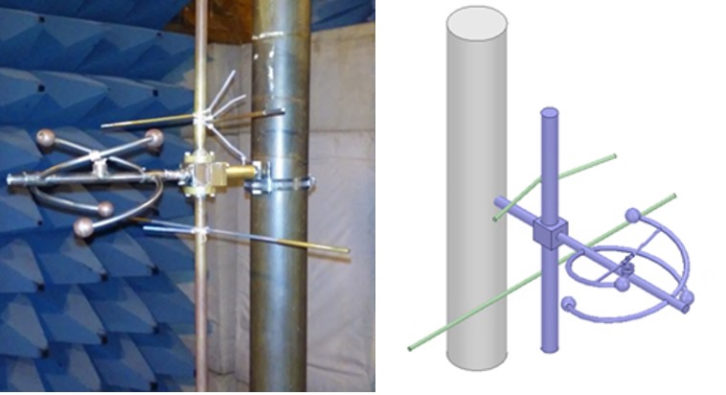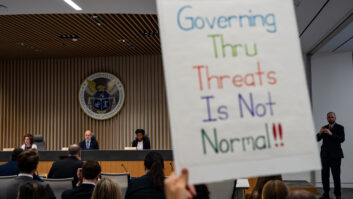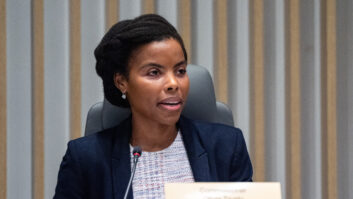
Text has been updated to include a link to the filing.
Antenna manufacturer Dielectric is hoping that the Federal Communications Commission will approve a petition to allow computational directional FM antenna pattern modeling.
It said it expects the FCC to give its blessing this fall.
“The new rule paves the way for the first directional FM pattern verification rule change in 58 years — a rule change that passes the torch from physical to AI-driven simulated modeling,” the company stated in a press release. It said broadcasters would benefit through a more efficient and economical antenna modeling process.
The petition was written with consultant Merrill Weiss.
The company said FM broadcast antenna manufacturers currently must build physical models and collect measured data to verify patterns. Its petition proposes that the FCC allow them to transition to computer-based antenna modeling using computational methods, an approach used in other broadcast products including TV station antenna modeling, which has been allowed for the past four years.
Dielectric VP of Engineering John Schadler said in the announcement that this change is “simply long overdue. … FM is the only FCC service that still requires a physical range measurement, and anyone who has worked with range measurements knows that accurately measuring radiation patterns is extremely difficult. Simulated pattern verification is much more economical with less chance of error.”
Schadler said simulated antenna modeling will be more accurate. “Since simulations are done in a true free-space environment, any issues with the range or anechoic chamber and with the surrounding environment are eliminated, resulting in more reliable azimuth patterns and H/V ratios.”
The company says this approach also would save time, reduce the impact of human error and facilitate the accuracy of designs.
Virtual simulation, the company added, made it possible for Dielectric to ship more than a thousand TV antennas in the TV industry spectrum repack.
“Another fallout of the repack is that we created a new crop of engineers, HFSS computer simulation super users. ANSYS HFSS is a 3D electromatic simulation software tool for designing, simulating and evaluating high-frequency components,” Schadler said.
Dielectric highlighted the use of artificial intelligence in its process. “We are looking at how external scripts can be used to make smart decision geometry changes based on previous iterations. We see a lot of opportunity for AI and simulation in RF moving forward.”







